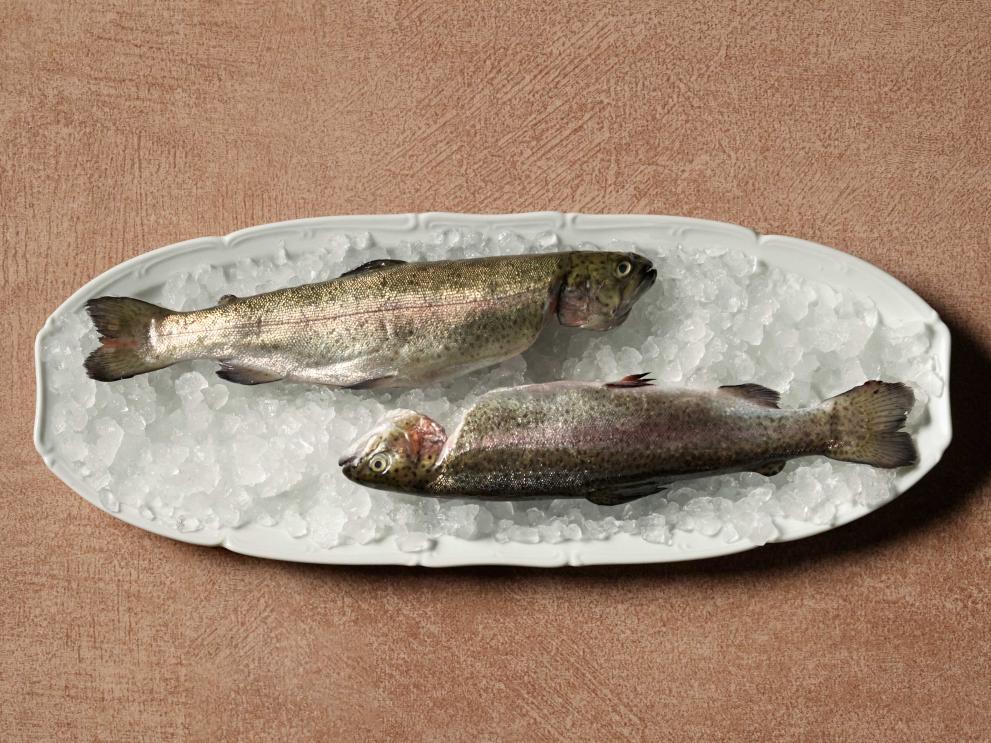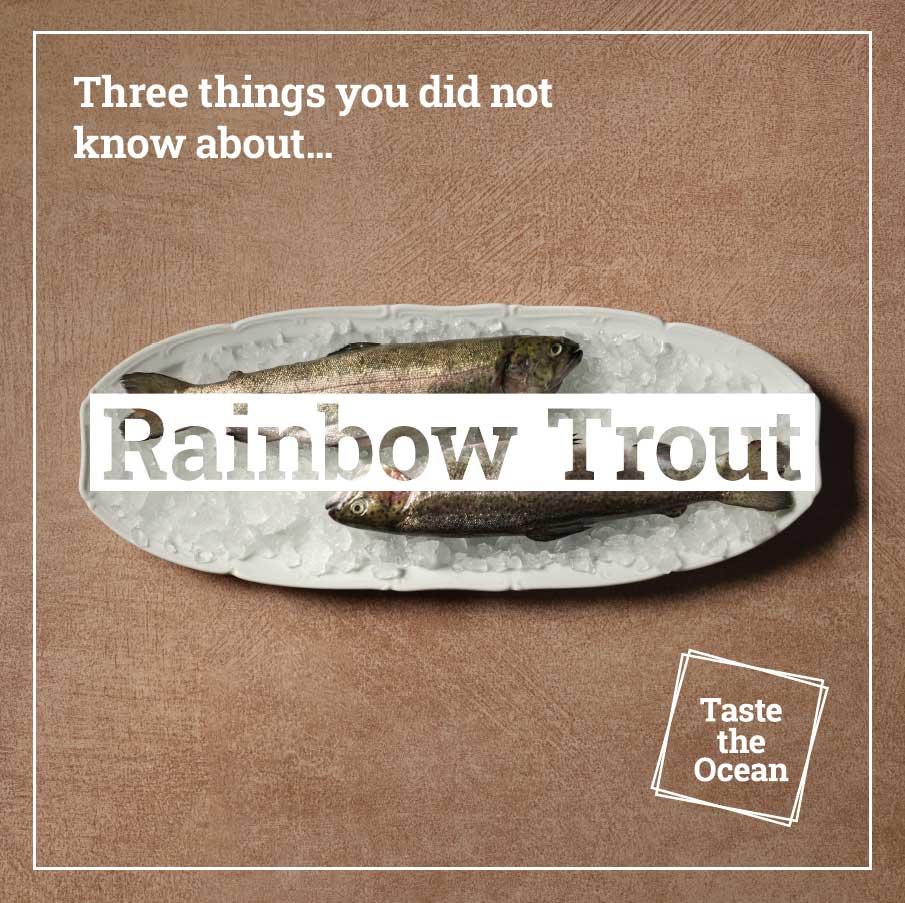Ingredients

- 4 rainbow trout fillets
- 1 bundle of asparagus - approx. 12 pieces
- 10 baby potatoes
- 5 yolks from organic eggs
- 1 table spoon capers, chopped
- 1 table spoon fine herbs (dill, chives, tarragon)
- 1 table spoon wholegrain mustard
- 1 table spoon soy sauce (kikkoman)
- 150 g organic butter
- 1 lemon, juice only
- Salt and pepper
- Dill for garnish
- Olive oil
Preparation

- First, prepare the trout. Season the fish fillets with salt and pepper.
- Add olive oil to a hot pan and fry the fillets skin-side down for approximately 2 or 3 minutes, until golden.
- Put a teaspoon of butter into the pan, flip the fillets and cook for 1 minute more, then immediately remove the fish. Save the rendered fat in the pan for later.
- Next, cook the baby potatoes. Boil unpeeled potatoes in salted water until soft.
- Cut off the tops and bottoms and cut bigger pieces lengthwise. Fry until golden brown in the pan used for the fish, alternatively add a tablespoon of butter.
- Cut off the woody asparagus ends and place the stems into salted boiling water for 1 or 2 minutes then immediately shock them in icy water.
- Leave the top parts as they are and slice the rest into small pieces. Drizzle with a bit of olive oil.
- To make the hollandaise sauce, put the egg yolks and butter into a large heatproof bowl. Place the bowl on top of a smaller pot with hot water and start to whisk continuously. Keep the temperature mid to low. If it is too hot, the sauce will get lumpy.
- While constantly whisking, add salt, pepper, wholegrain mustard, capers, soy sauce, and lemon juice. Once the sauce starts to thicken (approximately 2 or 3 minutes) and has a creamy texture, add the chopped herbs and remove it from the stove.
- To plate the dish, place the baby potatoes together with the asparagus on one side of the plate, drizzle with olive oil and garnish with fresh dill. Set the fish fillet in the middle of the plate and add a generous amount of the hollandaise sauce.

Rainbow trout
Rainbow trout can have two different fates when they are born.
They can either stay in the river for their whole life, or go to the sea to grow faster.
This way, a population of trout always stays in the sea.
If there is a problem in the river (flood or drought for example), some trout will be saved and survive.
The Rainbow trout we have in Europe are native to the North Pacific basin: Kamchatka, Aleutian Islands and Alaska.
They were first bred in captivity in 1870 and are now well domesticated all around the world.
For more interesting facts about fish, check out The Eloquence of the Sardine by Bill François.

